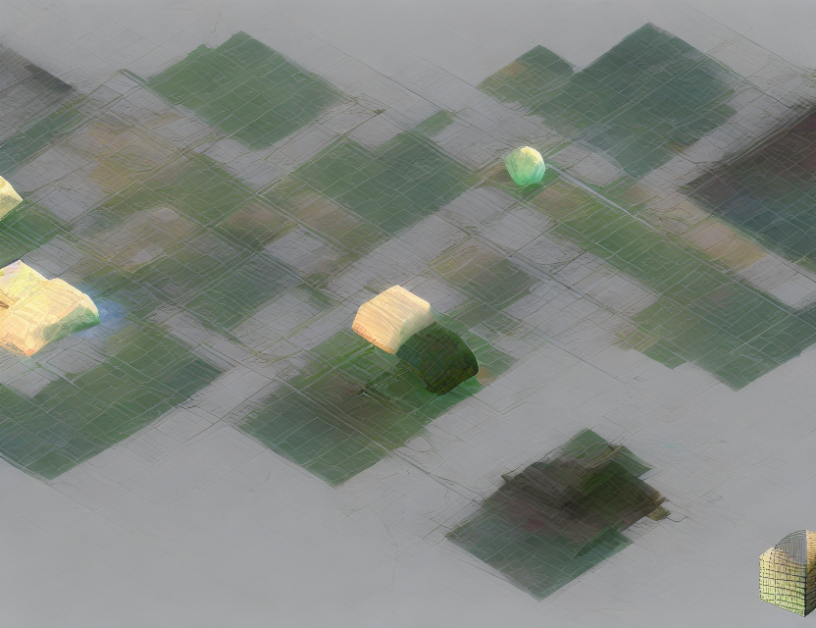In this article, we explore the effect of reducing dissipation on the accuracy of inverse problems solved using the λABV model. We conduct experiments using various levels of dissipation and demonstrate that lowering dissipation leads to a more accurate reconstruction of the obstacle. Specifically, we find that a reasonably close reconstruction is achieved with dissipation as low as δ = δ0/64, while complete failure occurs at δ = δ0/256. We also discuss two popular descent methods for solving nonlinear least squares problems, steepest descent and Gauss-Newton, to obtain the optimal parameters for the inverse problem. Our findings suggest that lowering dissipation can significantly improve the accuracy of the inverse solution, making it a valuable tool for a wide range of applications.
Key Points
- Lowering dissipation improves the accuracy of the inverse solution
- A reasonably close reconstruction is achieved with dissipation as low as δ = δ0/64
- Complete failure occurs at δ = δ0/256
- Steepest descent and Gauss-Newton are two popular methods for solving nonlinear least squares problems
- The choice of method depends on the specific application and desired level of accuracy
In conclusion, this article demonstrates the importance of considering dissipation when using the λABV model for inverse problems. By reducing dissipation, we can significantly improve the accuracy of the solution, making it a valuable tool for a wide range of applications.



